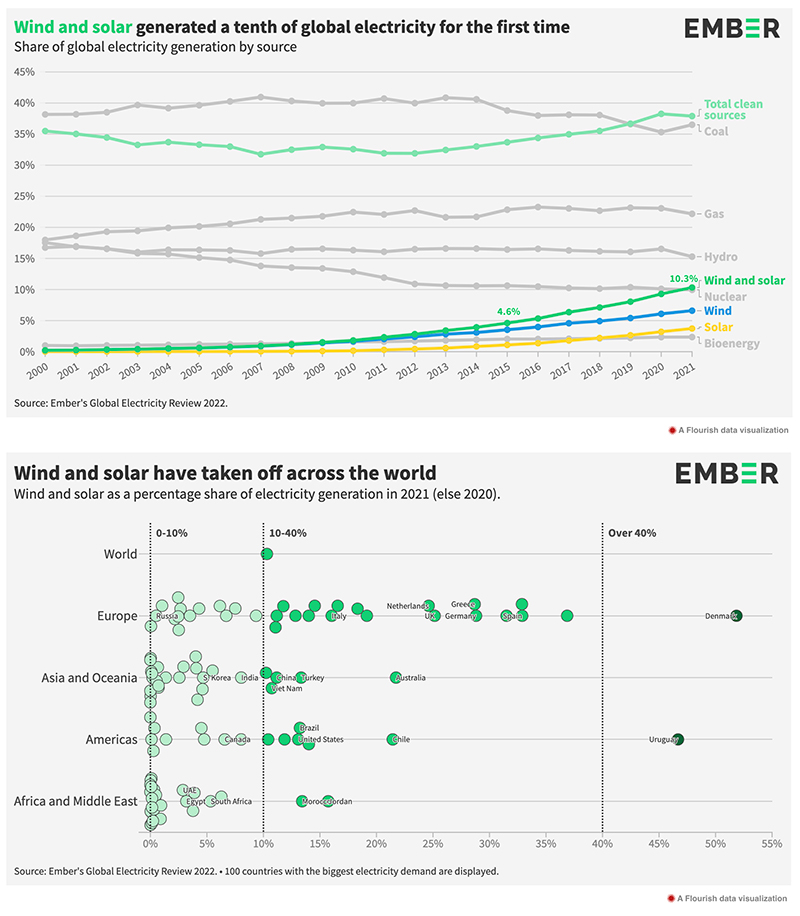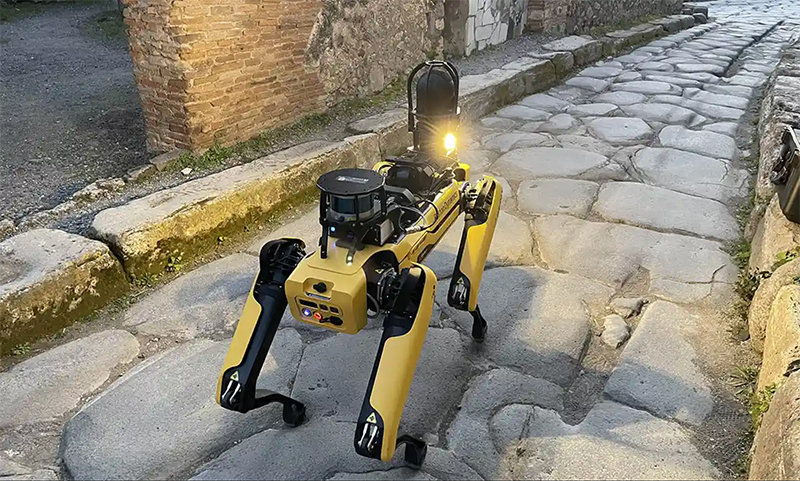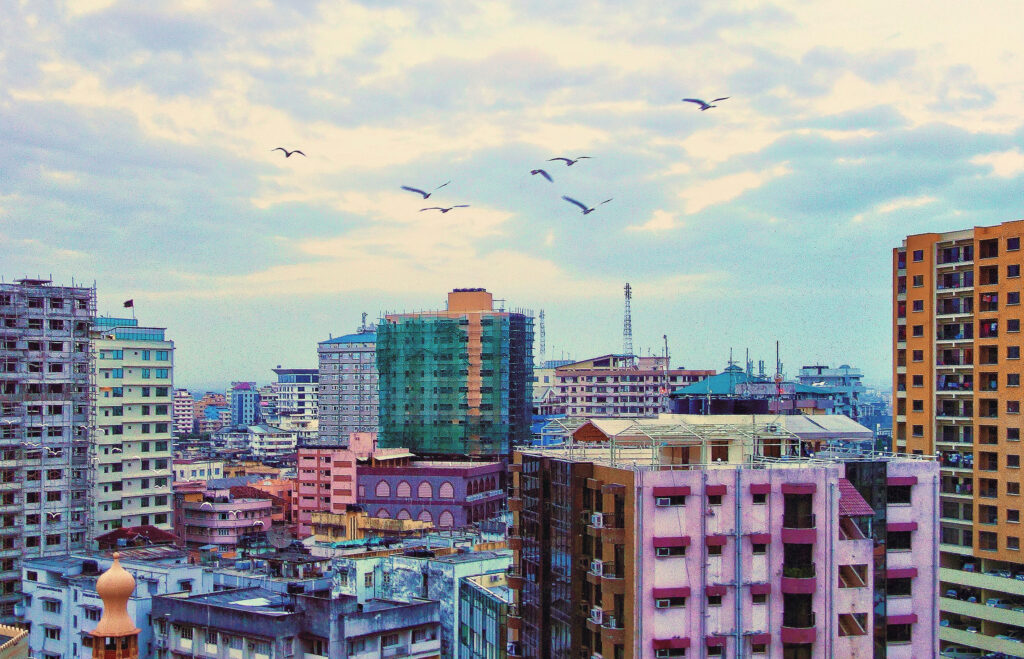Volcanoes are erupting in The Philippines, but on-fire Australia received some welcome rain. The Iran war cries have been called off and The Donald’s military powers are about to be hamstrung by the Senate. Meanwhile, his impeachment trial is starting, and we’re all on Twitter for a front-row seat.
What Could Go Right? Clean electricity is trumping coal
Wind and solar have arrived. Plus, union wins at Amazon and Starbucks, and we may soon say goodbye to guinea worm disease.
This is our weekly newsletter, What Could Go Right? Sign up here to receive it in your inbox every Thursday at 6am ET. You can read past issues here.
Wind and solar have arrived
In 2021, clean electricity sources generated more of the world’s electricity than coal, says a report released last week by the independent think tank Ember. Solar and wind were the heroes, together comprising more than 10% of global electricity generation for the first time. That’s twice the amount than in 2015, when the climate agreement to address global warming was signed in Paris.
If we can keep wind and solar’s average rate of growth at 20% until 2030, the electricity sector will be on track to hit the lower target—1.5 degrees Celsius of warming—set by the Paris accords. This would represent a significant portion of the overall decarbonization equation.
Is it possible to keep that rate of growth going? Twenty percent is the same average rate of growth wind and solar has seen in the last decade, thanks to plummeting costs and countries’ growing experience integrating wind and solar into electricity grids. In other words: it’s “eminently possible,” as the report puts it.
All told, 50 countries worldwide now generate over 10% of their electricity from wind and solar. Three—Denmark, Luxembourg, and Uruguay—generate over 40%. And “governments like the United States, Germany, United Kingdom, and Canada are so confident in clean electricity that they are planning to shift their grid to 100% clean electricity within the next decade and a half,” says the report.

Charts: Ember’s Global Electricity Review 2022
Of course, it’s not all good news. Coal and power emissions are still growing as such countries as Mongolia, Pakistan, Kazakhstan, and the Philippines modernize. Economic growth demands more electricity, and there’s just not enough clean electricity to go around. In our view, it’s not fair to deny these countries the benefits of economic growth. So as Ember global lead Dave Jones writes, “Clean electricity now needs to be built on a heroic scale.”
But “there are clear signs,” he says, that the “transition is well underway.”
On Monday, The International Panel on Climate Change (IPCC) also released a report, which focuses on climate mitigation. The quote from the report’s working group co-chair Jim Skea that “it’s now or never” to bring emissions down has gotten a lot of play in the media. But the press release that quote is from actually struck a more constructive tone overall. IPCC Chair Hoesung Lee, for example, said that “we have the tools and know-how required to limit warming,” and that he was “encouraged by the climate action being taken in many countries.”
It’s unlikely that we’ll move as quickly as needed not to breach 1.5 degrees Celsius of warming. But once surpassed, know that we’re not stuck there. “It is almost inevitable that we will temporarily exceed this temperature threshold,” the release says, “but could return to below by the end of the century.” So while urgent action is paramount, it doesn’t make sense to home in on the “never” part of “now or never.” Any future action on climate change will still be meaningful.
We do see some notes of a new narrative forming around climate change. This Sunday newsletter from The New York Times, for instance, was devoted to allaying despair and outlining reasons for hope. “The world has made genuine progress in slowing climate change in recent years,” it says. Indeed, before 2015, we were looking at four degrees of warming by the end of the century. Now we’re on track for three, and new climate commitments, if met, would bring us to two. With that, a reminder that the Paris agreement itself called for “below two,” with 1.5 as preferable.
And before we conclude on climate change, let’s spare a moment to root for this newsletter writer’s birthplace, New Jersey, which is rapidly going green. The state is now set to shut down its last two coal plants, and a stringent ban on plastic bags in stores will start next month. They have even banned paper bags at grocery stores. We soon might have to rename it the Reusable Bag State.
Amazon’s first labor union
Score one for the little guy! Despite the $4.3 million that Amazon spent on anti-union consultants in 2021, workers at a Staten Island Amazon warehouse successfully voted in a union over the weekend, the company’s first. “I believe it’s going to be a shot in the arm for this country’s labor movement,” Vermont Senator Bernie Sanders tweeted. Indeed, a concurrent union win at Starbucks’ flagship roastery in New York City has some wondering whether these new unions at massive American corporations might mark a beginning of an “infectious” union revival after many years of decline. Already, workers at 50 other Amazon warehouses have contacted the leaders of the Staten Island union push to learn how to form a union at their own locations.
We were particularly interested in this news given that this week’s podcast guest, head of Bloomberg Beta, Roy Bahat, thinks that knowing how to collaborate with an organized workforce is “the most important, undiscussed leadership skill of the next 20 years.” He tells us why we need to move past the defaults of union busting and widens our view of what counts as labor organizing—plus shares some of the new tools that are making it easier—in our newest podcast episode.
We know opinions about unions are complicated and sometimes fraught, by the way. But some more power in the hands of the everyday American worker seems right and good.
Goodbye, guinea worm, and other African accomplishments
Have you seen photos of a wriggling worm, up to one meter long, emerging from people’s legs and feet? That’s guinea worm disease, for which there are no drug treatments or vaccines, and which is caught by drinking contaminated water. (The fun also includes fever, nausea, dizziness, and complications like sepsis that arise from the expungement of the worm, which is painful to boot.) In 1986, there were 3.5 million cases of guinea worm across 21 countries. Last year there were 15 cases across only four countries, and nations are now focusing to bring the case numbers to zero.
Guinea worm’s near eradication, which used to be an endemic problem in Africa, is just one of the continent’s success stories that Western media doesn’t generally cover. From the economy to technology to TikTok stars, it’s time to celebrate Africa’s steps forward, writes Demilade Phillips for The Progress Network (TPN). For instance, did you know that 2021’s most Shazam-ed song in the world was by an African artist for the first time? Maybe you know it . . .
Before we go
With the horrifying photos coming out of Bucha, Ukraine, we’re reminded of columnist Thomas Friedman’s sobriquet “World War Wired.” We can witness this war in real time, with such access bringing obvious psychological hardships but also much quicker calls for justice, information gathering, and case building than previously in history.
Some Ukraine stories you may not have seen: Companies are offering free telemedicine for Ukrainians. Lithuania has cut off Russian gas imports. Diaspora Russians are flying a converted Russian flag, missing its red stripe, to call for peace.
And one more, this one about Ukraine’s electricity, which has been operational the whole war. The reason why the country hasn’t been plunged into darkness is because of the incredible efforts of Ukrainian workers—and European bureaucrats—that took Ukraine’s electrical grid, normally supported by Russia’s, and synched it up with Europe’s when the war started. The story of how they accomplished “a year’s worth of work in two weeks,” all the while resisting cyber attacks from Russia aimed at the country’s energy infrastructure, is here. “Adding an area under attack [that is] larger than Texas, with 45 million people, to someone else’s power grid, producing electricity for more than 1000 miles away,” is, logistically speaking, “the biggest achievement I’ve seen in my life,” tweeted geopolitical strategist Peter Zeihan.
This is so the last thing you read here isn’t war news. A dog robot called Spot is roaming the ruins of Pompeii to help Italian park authorities restore the site and investigate tunnels dug by real-life “tomb raiders” and artifact thieves.

Spot the robot hard at work | Photo: Pompeii Archaeological Park
Below in the links section, a Native tribe in Virginia gets its land back, wild animals in Ecuador get legal rights, and more.
Africa Is Finally Starting to Act Independently

Did you know that between 2000 and 2017, sub-Saharan Africa’s GDP grew 300%? How about that Malawi was the only country in world that strengthened its democracy during the Covid-19 lockdowns? From the economy to mRNA to TikTok stars, it’s time to celebrate the continent’s steps forward. | Read more
Does Work Work Anymore? | S2 Ep. 2

Work ain’t what it used to be—just ask the millions of Americans who are part of the “Great Resignation.” Venture capitalist and head of Bloomberg Beta, Roy Bahat, is looking to shape work for the better, from new forms of labor organizing to remote-friendly tech. | Listen to the episode
Progress, Please
(Found good news? Tweet at us @progressntwrk or email.)
Other good stuff in the news
United States:
- House passes bill to limit cost of insulin to $35 a month | The New York Times
- Native American tribe gets its land back after being displaced nearly 400 years ago | CNN
- AI model turns American Sign Language into English in real-time | Interesting Engineering
- The first drug-releasing contact lens is here | Wired
- US citizens can select gender-neutral X marker on passports beginning April 11 | The Week
- Biden administration lines up $3 billion so low-income families can retrofit their homes | Grist
- The most accessible tuition-free college plan just became law in New Mexico | Jezebel
- Death rates for certain types of cancer have seen historic drops | Axios
International:
- Scientists have finally sequenced a “gapless” human genome | Smithsonian Magazine
- How green energy is brightening refugee lives in Rwanda | The Guardian
- Ecuador’s high court rules that wild animals have legal rights | Inside Climate News
- Opium production down as communities in Mexico’s Golden Triangle turn to forestry | Mongabay
- Hundreds fitted with artificial pancreas in NHS type 1 diabetes trial | The Guardian
- A genetic test has been launched for a mutation that leads to antibiotic-induced deafness | New Scientist
- Museums worldwide called on to support colleagues in Ukraine | Museums Association
- A welcome comeback for Norway’s walruses | Smithsonian Magazine
- Wild bison will once again roam England | Mongabay
TPN Member originals ![]()
- Surprise! The World Happiness Report says we became kinder and more generous last year | Bruce Feiler
- On sparrows and the war in Ukraine | Anne-Marie Slaughter
- Russian energy embargo: Europe must stop financing Putin’s Ukraine war | Diane Francis
- The bear breaks down: Andrei Soldatov on Russia’s self-destruction | Jonathan Tepperman
- Covid has changed London for the better | Richard Florida
- Russia is the last multinational empire, fighting to keep its colonies | Fareed Zakaria
- How Putin just revealed democracy’s secret superpower | Jonathan Tepperman
- Springtime in Kyiv: A Ukrainian MP discusses life in the besieged city | Diane Francis
- Cost of distancing may outweigh benefits for healthy adults | Arthur C. Brooks
Upcoming Events
- Wharton Future of Work Conference | Adam Grant | Today
- Annual Public Policy Conference | Diane Coyle | April 22
- Automation, Productivity, Work, and the Future | Jason Crawford & Erik Brynjolfsson | May 25
- Breakthrough Dialogue 2022: Progress Problems | Ted Nordhaus | June 22–24
Until Next Time
The world’s favorite dwarf planet is getting clearer (see below). By the way, did you know that astronomers are in the midst of observing the birth of a giant gas planet three times the size of Jupiter?


